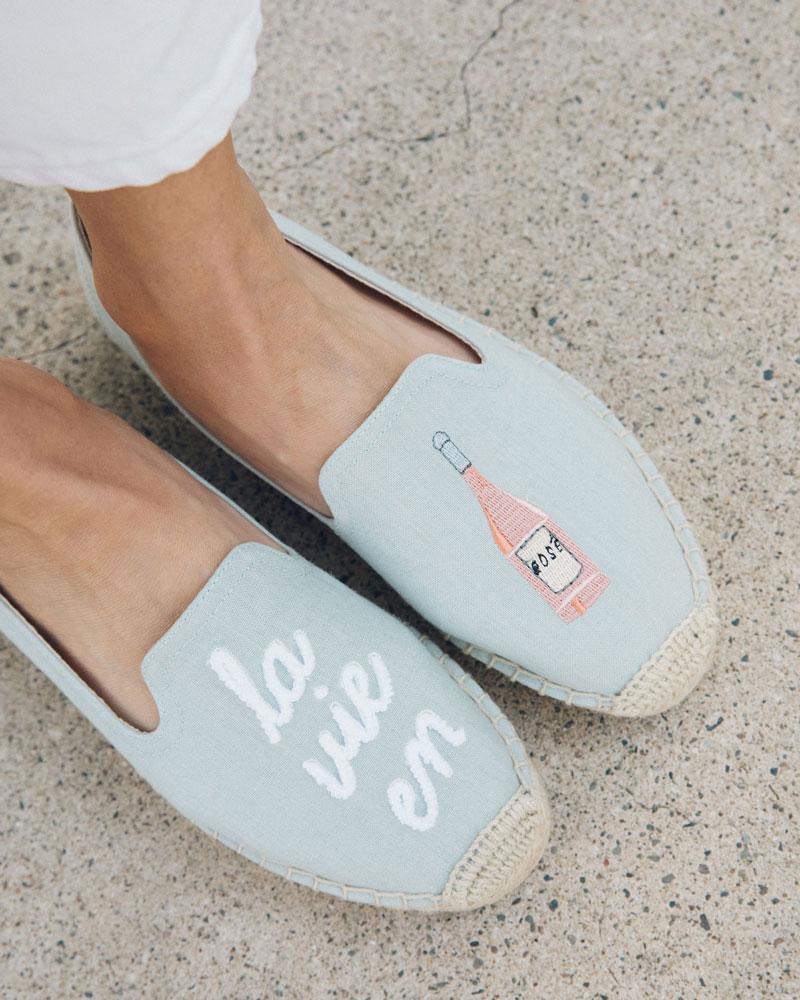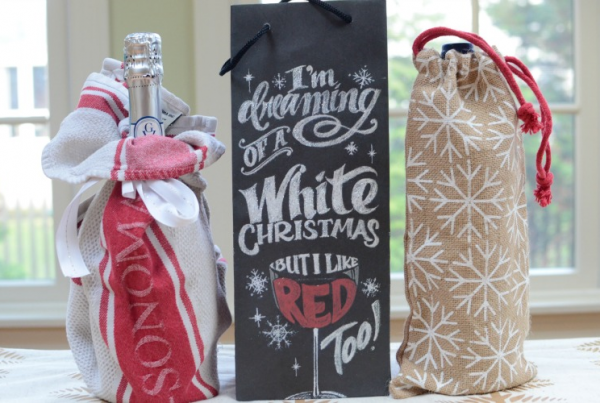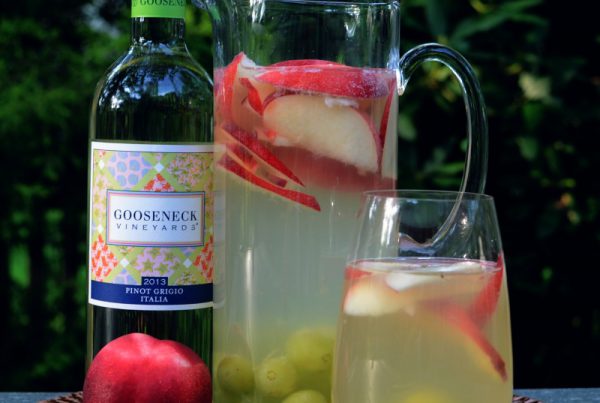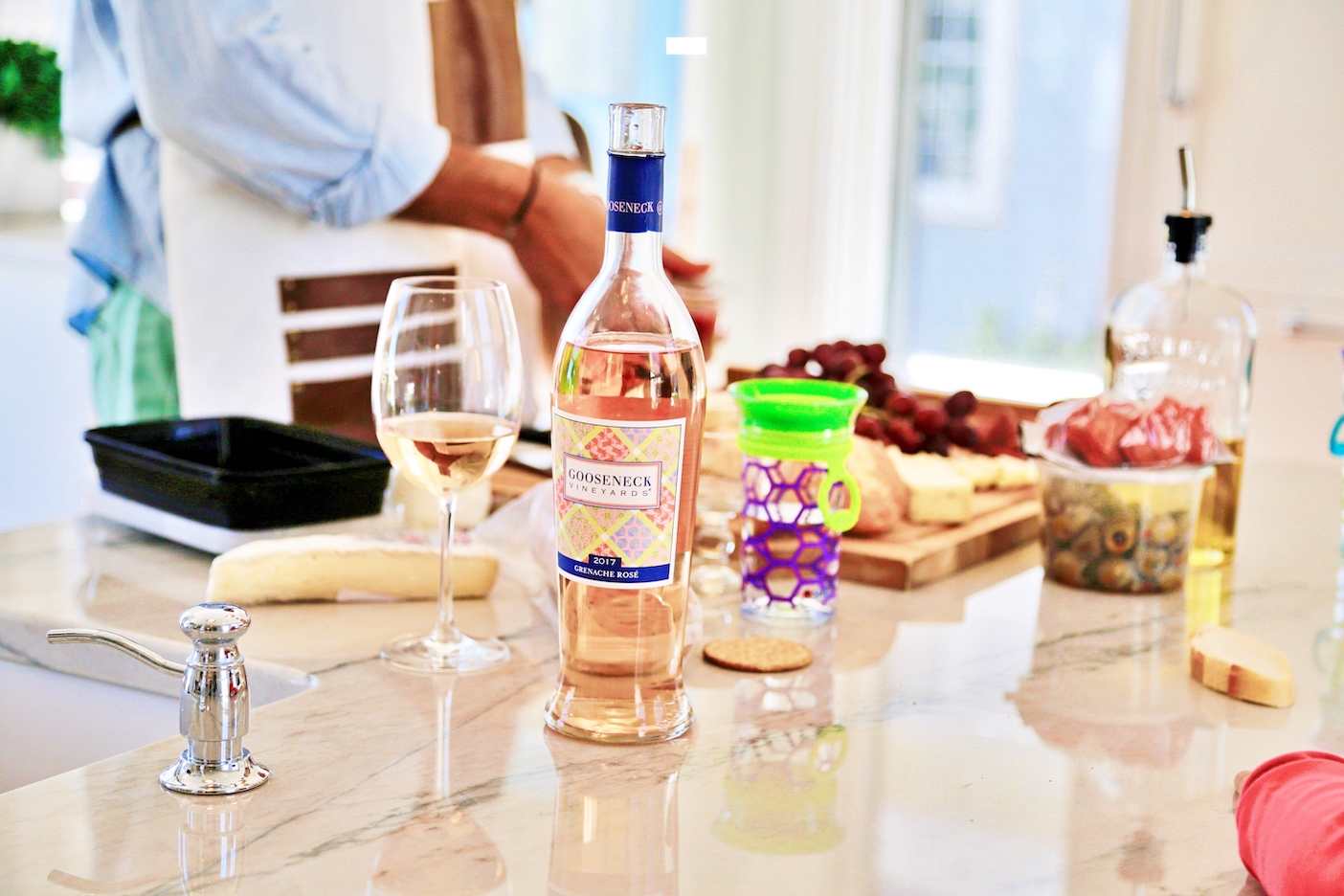
While we all like to think of a warm summer day with our glass of rosé wine, don’t overlook the wine’s versatility all year round. The subtle strawberry flavors pair beautifully with winter comfort foods, such as fondue, salty snacks, hearty soups, and chocolate desserts.
- Rosé is made by soaking with the skins for a short time. The longer the soak, the deeper the color of the rosé. Gooseneck Vineyards Rosé gets its spring color from an overnight soaking of the crushed grapes on its skins. The juice is then pressed from the skins and fermented slowly under cool temperatures in small stainless steel tanks, as each lot of grapes is kept separate as a cuvee method is employed during blending.
- Fresher is better with Rosé! Rosé, unlike red wine, does not improve with age. You shouldn’t drink (and probably won’t find) anything that’s dated more than two or three years back.
- Rosé should be dry, not sweet. You want a rose that’s fresh and acidic, without extra sugar to bury its fruity flavors and aromas. Gooseneck Vineyards Dry Rosé is lively and aromatic fruit character and crisp acidity while delivering a well-balanced rosé, full of character and life.
- Serve chilled. Like a white, you want to make sure you allow time for your rosé to get nice and chilled before drinking.
- Rosé is versatile! These wines fall in between the extremes of red and white — less intense than a red, but with more depth than a white. Serve Gooseneck Rosé with appetizers, delicate pasta courses, baked or roasted fish, steamers and raw shellfish: littlenecks, oysters, and shrimp.
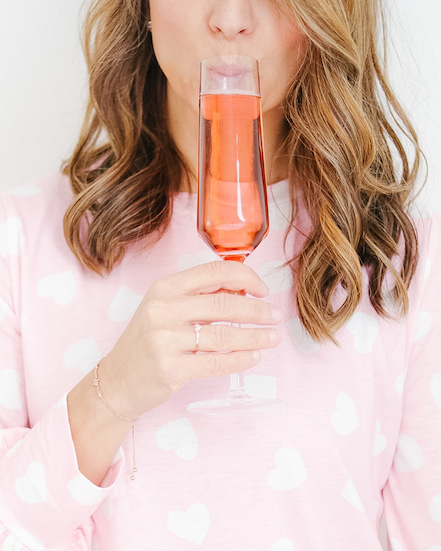
And once you pour yourself a refreshing glass of wine, put your feet up, and maybe check out these super cute Rosé slippers from Soludos

